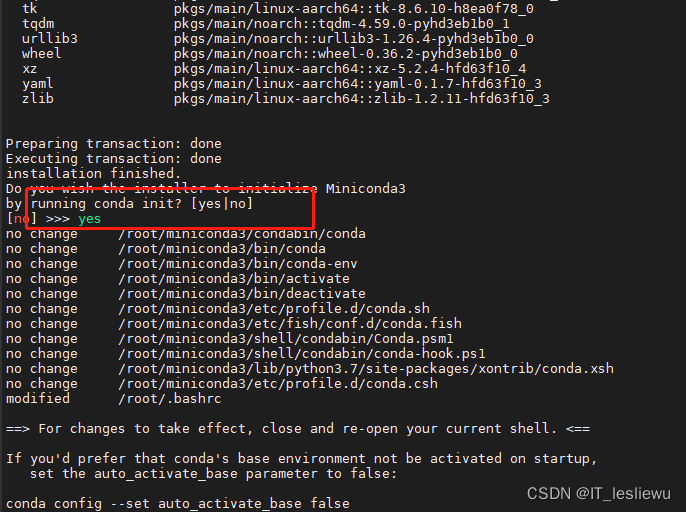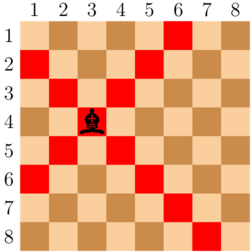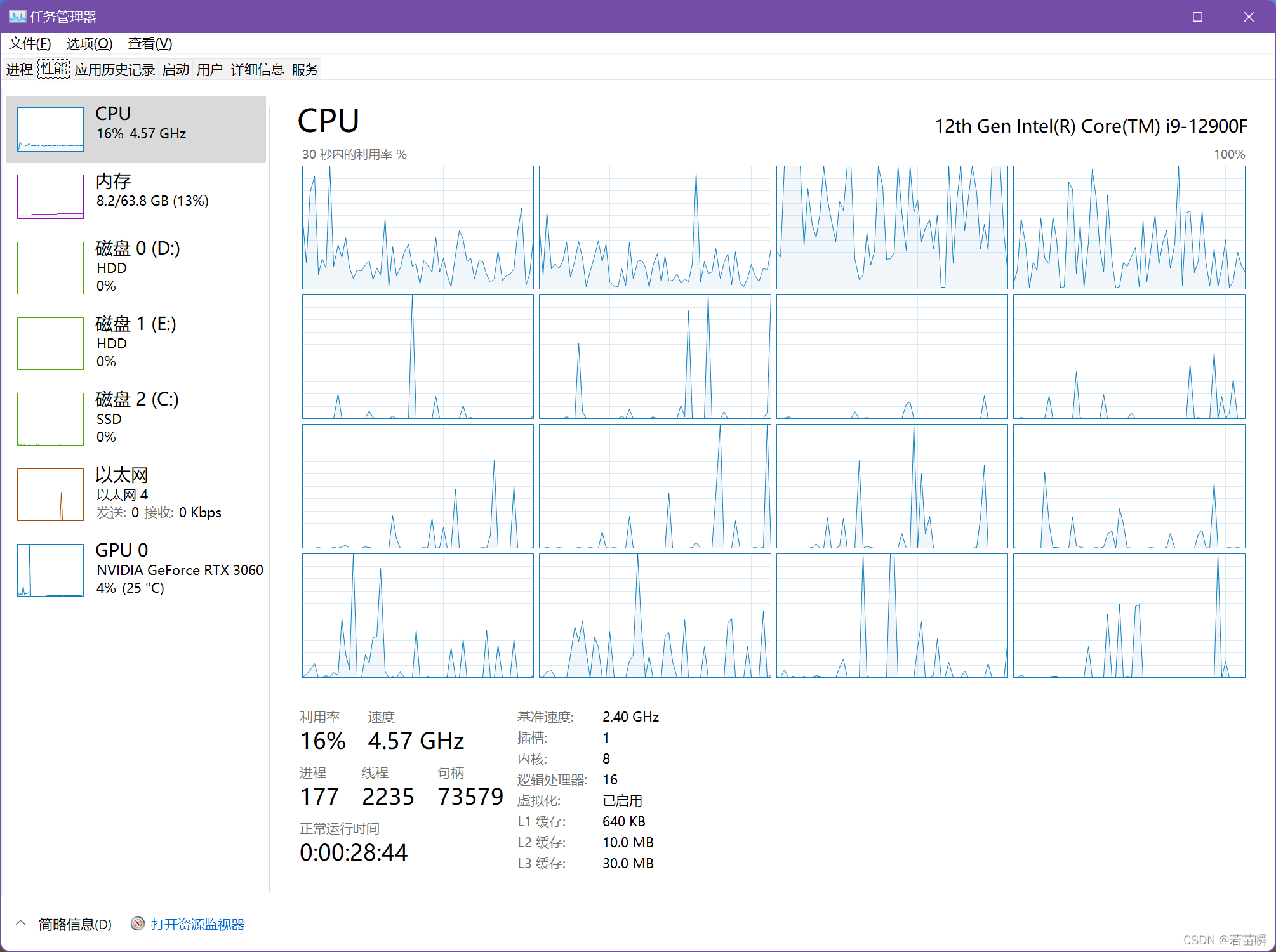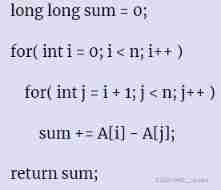当前位置:网站首页>Codeforces Round #771 (Div. 2)
Codeforces Round #771 (Div. 2)
2022-07-06 16:42:00 【Dog egg L】
A. Reverse
You are given a permutation p1,p2,…,pn of length n. You have to choose two integers l,r (1≤l≤r≤n) and reverse the subsegment [l,r] of the permutation. The permutation will become p1,p2,…,pl−1,pr,pr−1,…,pl,pr+1,pr+2,…,pn.
Find the lexicographically smallest permutation that can be obtained by performing exactly one reverse operation on the initial permutation.
Note that for two distinct permutations of equal length a and b, a is lexicographically smaller than b if at the first position they differ, a has the smaller element.
A permutation is an array consisting of n distinct integers from 1 to n in arbitrary order. For example, [2,3,1,5,4] is a permutation, but [1,2,2] is not a permutation (2 appears twice in the array) and [1,3,4] is also not a permutation (n=3 but there is 4 in the array).
Input
Each test contains multiple test cases. The first line contains a single integer t (1≤t≤500) — the number of test cases. Description of the test cases follows.
The first line of each test case contains a single integer n
(1≤n≤500) — the length of the permutation.
The second line of each test case contains n
integers p1,p2,…,pn (1≤pi≤n) — the elements of the permutation.
Output
For each test case print the lexicographically smallest permutation you can obtain.
Example
Input
4
1
1
3
2 1 3
4
1 4 2 3
5
1 2 3 4 5
Output
1
1 2 3
1 2 4 3
1 2 3 4 5
Note
In the first test case, the permutation has length 1, so the only possible segment is [1,1]. The resulting permutation is [1].
In the second test case, we can obtain the identity permutation by reversing the segment [1,2]. The resulting permutation is [1,2,3].
In the third test case, the best possible segment is [2,3]. The resulting permutation is [1,2,4,3].
In the fourth test case, there is no lexicographically smaller permutation, so we can leave it unchanged by choosing the segment [1,1]. The resulting permutation is [1,2,3,4,5].
#include <bits/stdc++.h>
using namespace std;
int n,t,p[510];
int main()
{
cin>>t;
while(t--){
cin>>n;
for(int i=1;i<=n;i++)cin>>p[i];
for(int i=1;i<=n;i++){
if(p[i]!=i){
int j=i+1;
for(;j<=n;j++)
if(p[j]==i)break;
reverse(p+i,p+j+1);
break;
}
}
for(int i=1;i<=n;i++)cout<<p[i]<<' ';
cout<<'\n';
}
return 0;
}
B. Odd Swap Sort
You are given an array a1,a2,…,an. You can perform operations on the array. In each operation you can choose an integer i (1≤i<n), and swap elements ai and ai+1 of the array, if ai+ai+1is odd.
Determine whether it can be sorted in non-decreasing order using this operation any number of times.
Input
Each test contains multiple test cases. The first line contains a single integer t
(1≤t≤105) — the number of test cases. Description of the test cases follows.
The first line of each test case contains a single integer n
(1≤n≤105) — the length of the array.
The second line of each test case contains n
integers a1,a2,…,an (1≤ai≤109) — the elements of the array.
It is guaranteed that the sum of n
over all test cases does not exceed 2⋅105.
Output
For each test case, print “Yes” or “No” depending on whether you can or can not sort the given array.
You may print each letter in any case (for example, “YES”, “Yes”, “yes”,“yEs” will all be recognized as positive answer).
Example
Input
4
4
1 6 31 14
2
4 2
5
2 9 6 7 10
3
6 6 6
Output
Yes
No
No
Yes
Note
In the first test case, we can simply swap 31
and 14 (31+14=45 which is odd) and obtain the non-decreasing array [1,6,14,31].
In the second test case, the only way we could sort the array is by swapping 4and 2, but this is impossible, since their sum 4+2=6is even.
In the third test case, there is no way to make the array non-decreasing.
In the fourth test case, the array is already non-decreasing.
#include <bits/stdc++.h>
using namespace std;
typedef long long ll;
int main()
{
int t;
cin>>t;
while(t--){
ll n, x;
cin >> n;
ll even = 0 , odd = 0;
bool flag = true;
for (int i = 0; i < n; i++)
{
cin >> x;
if (x & 1)
{
if (x < odd)flag = false;
odd = max(odd, x);
}
else
{
if (x < even)flag = false;
even = max(x, even);
}
}
if (flag)cout << "YES" << endl;
else cout << "NO" << endl;
}
return 0;
}
C. Inversion Graph
You are given a permutation p1,p2,…,pn. Then, an undirected graph is constructed in the following way: add an edge between vertices i, j such that ipj. Your task is to count the number of connected components in this graph.
Two vertices uand v belong to the same connected component if and only if there is at least one path along edges connecting u and v.
A permutation is an array consisting of n distinct integers from 1 to n in arbitrary order. For example, [2,3,1,5,4] is a permutation, but [1,2,2] is not a permutation (2 appears twice in the array) and [1,3,4] is also not a permutation (n=3 but there is 4in the array).
Input
Each test contains multiple test cases. The first line contains a single integer t (1≤t≤105) — the number of test cases. Description of the test cases follows.
The first line of each test case contains a single integer n (1≤n≤105) — the length of the permutation.
The second line of each test case contains n
integers p1,p2,…,pn (1≤pi≤n) — the elements of the permutation.
It is guaranteed that the sum of n
over all test cases does not exceed 2⋅105.
Output
For each test case, print one integer k — the number of connected components.
Example
Input
6
3
1 2 3
5
2 1 4 3 5
6
6 1 4 2 5 3
1
1
6
3 2 1 6 5 4
5
3 1 5 2 4
Output
3
3
1
1
2
1
Note
Each separate test case is depicted in the image below. The colored squares represent the elements of the permutation. For one permutation, each color represents some connected component. The number of distinct colors is the answer.
#include <bits/stdc++.h>
using namespace std;
int main(){
int t ;
cin>>t;
while(t -- ) {
int n ;
cin>> n ;
map<int , int> p ;
int res= 0 , maxx = 1 ;
for(int i = 1 ; i <= n ; i ++ ) {
int k ;
cin>>k ;
p[k] = 1 ;
while(p[maxx]) maxx ++ ;
if(maxx > i ) res ++ ;
}
cout<<res <<"\n" ;
}
return 0 ;
}
边栏推荐
- Codeforces Round #803 (Div. 2)A~C
- Pull branch failed, fatal: 'origin/xxx' is not a commit and a branch 'xxx' cannot be created from it
- Click QT button to switch qlineedit focus (including code)
- Sublime text code formatting operation
- Study notes of Tutu - process
- 第6章 DataNode
- It is forbidden to trigger onchange in antd upload beforeupload
- Spark's RDD (elastic distributed data set) returns a large result set
- Research Report on market supply and demand and strategy of double drum magnetic separator industry in China
- Effet d'utilisation, déclenché lorsque les composants de la fonction sont montés et déchargés
猜你喜欢

Raspberry pie 4b64 bit system installation miniconda (it took a few days to finally solve it)

Click QT button to switch qlineedit focus (including code)

Codeforces Round #799 (Div. 4)A~H

js封装数组反转的方法--冯浩的博客

解决Intel12代酷睿CPU单线程只给小核运行的问题

(lightoj - 1369) answering queries (thinking)

拉取分支失败,fatal: ‘origin/xxx‘ is not a commit and a branch ‘xxx‘ cannot be created from it

300th weekly match - leetcode

解决Intel12代酷睿CPU【小核载满,大核围观】的问题(WIN11)

业务系统从Oracle迁移到openGauss数据库的简单记录
随机推荐
计算时间差
力扣——第298场周赛
Raspberry pie 4b64 bit system installation miniconda (it took a few days to finally solve it)
拉取分支失败,fatal: ‘origin/xxx‘ is not a commit and a branch ‘xxx‘ cannot be created from it
腾讯面试算法题
Codeforces Round #803 (Div. 2)A~C
指定格式时间,月份天数前补零
我在字节跳动「修电影」
顺丰科技智慧物流校园技术挑战赛(无t4)
Effet d'utilisation, déclenché lorsque les composants de la fonction sont montés et déchargés
Spark's RDD (elastic distributed data set) returns a large result set
JS time function Daquan detailed explanation ----- AHAO blog
Codeforces Round #771 (Div. 2)
Useeffect, triggered when function components are mounted and unloaded
Summary of game theory
业务系统从Oracle迁移到openGauss数据库的简单记录
Advancedinstaller installation package custom action open file
VMware Tools和open-vm-tools的安装与使用:解决虚拟机不全屏和无法传输文件的问题
300th weekly match - leetcode
Research Report on market supply and demand and strategy of double drum magnetic separator industry in China